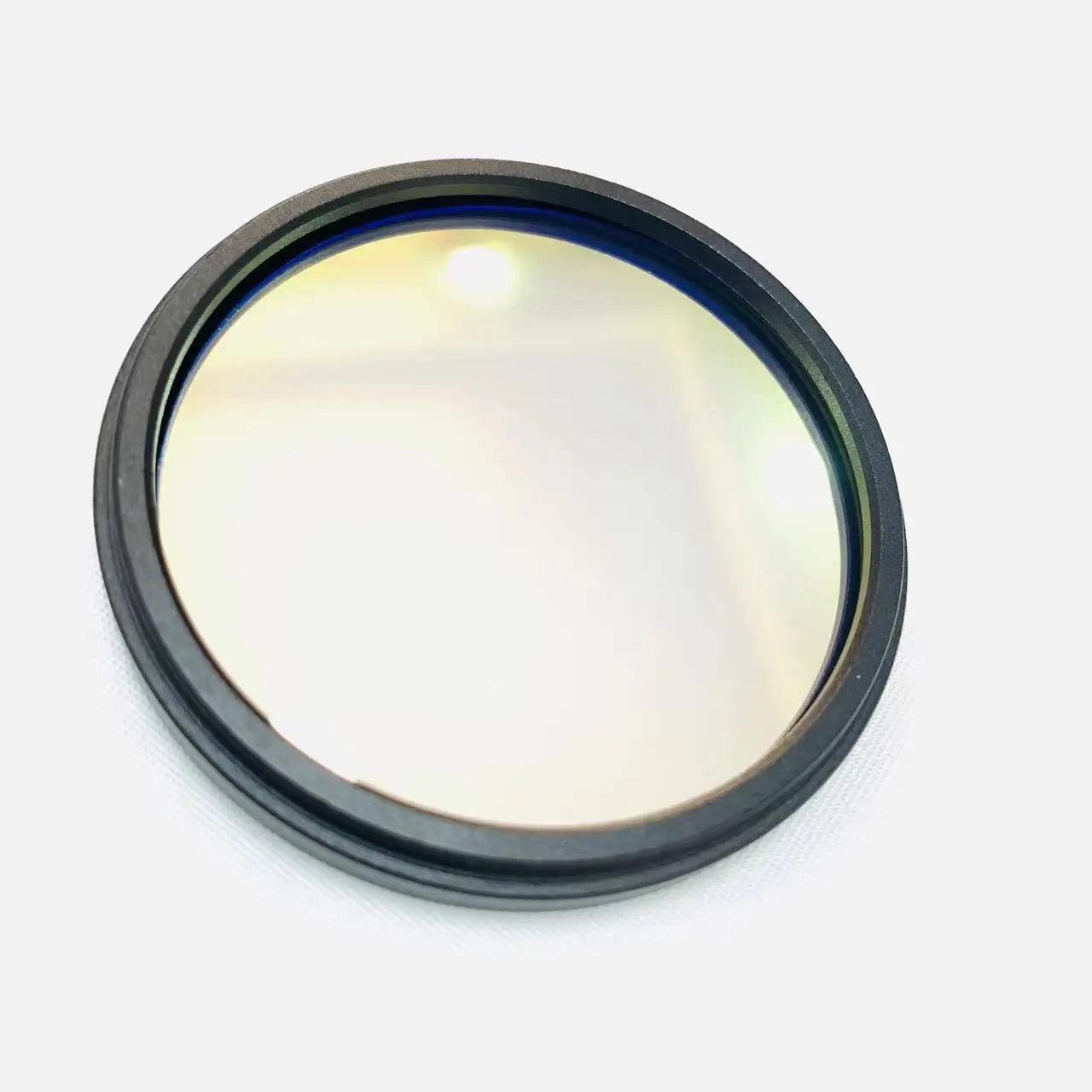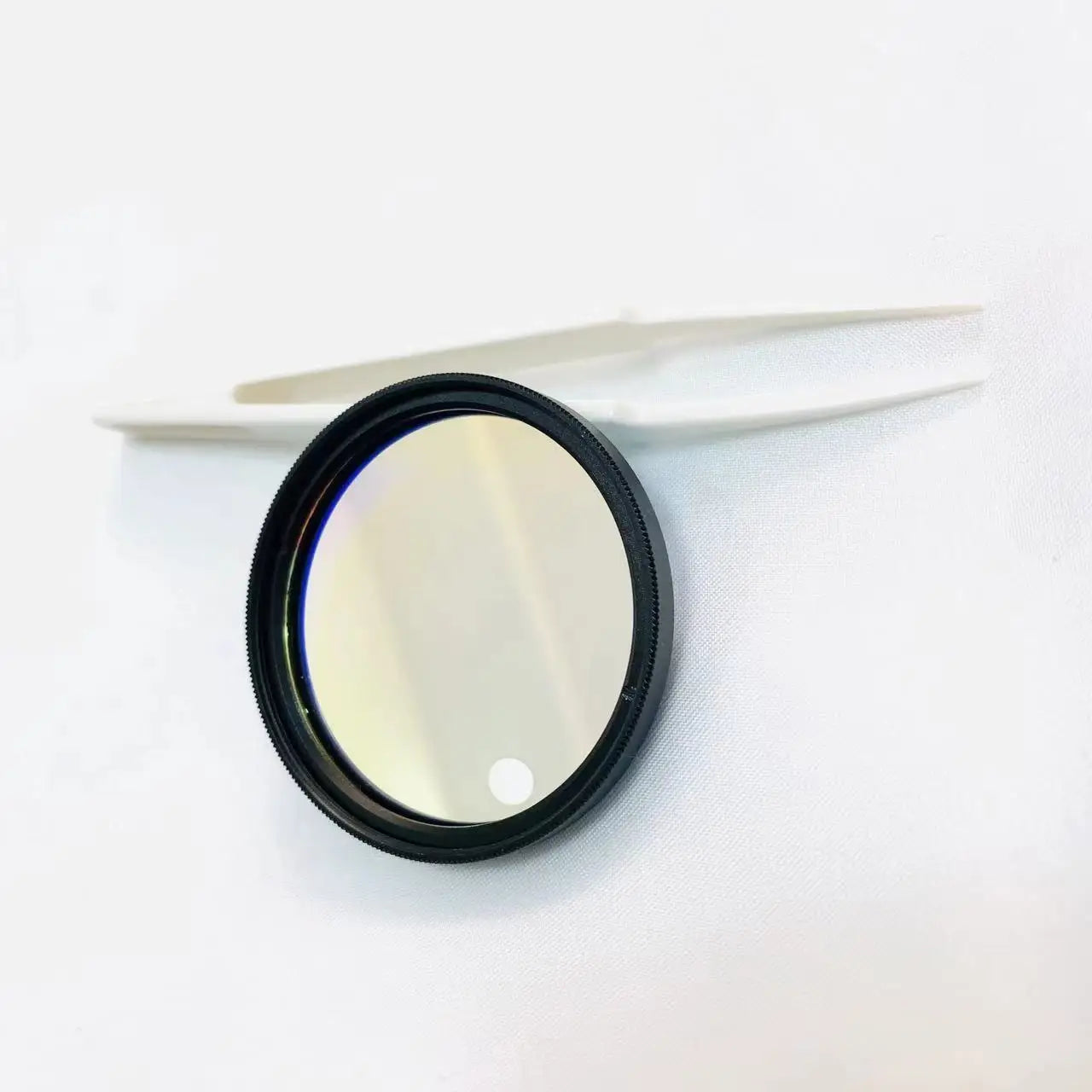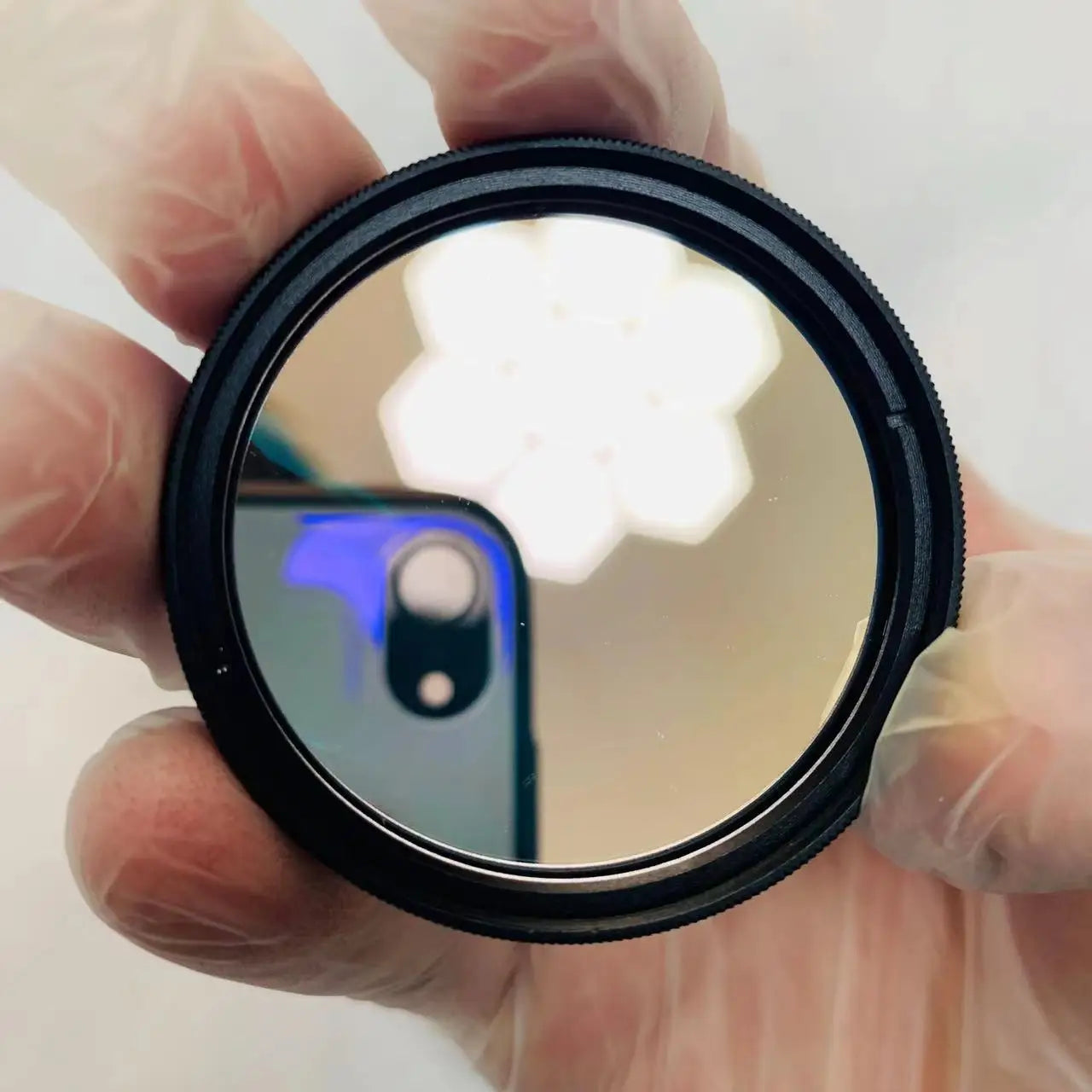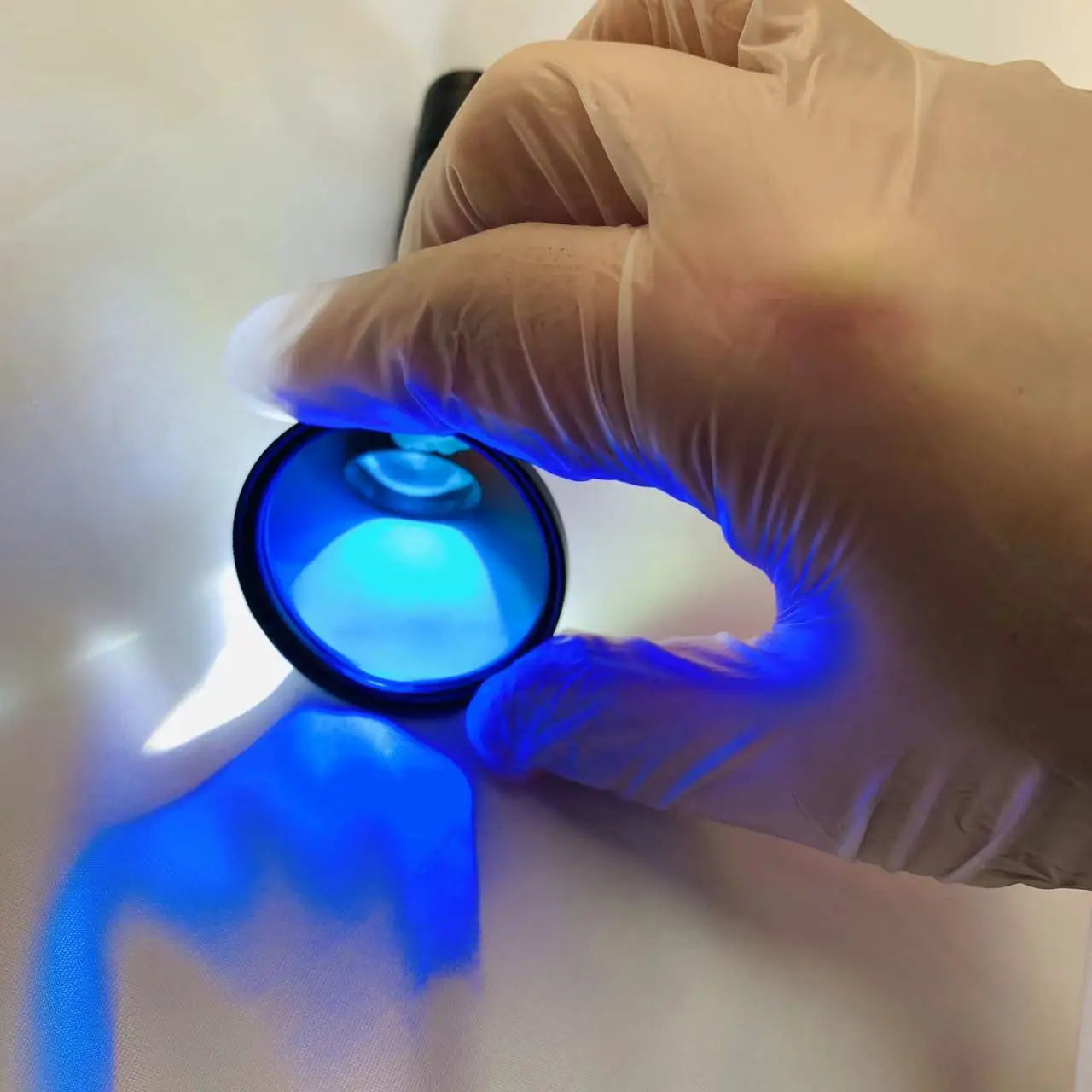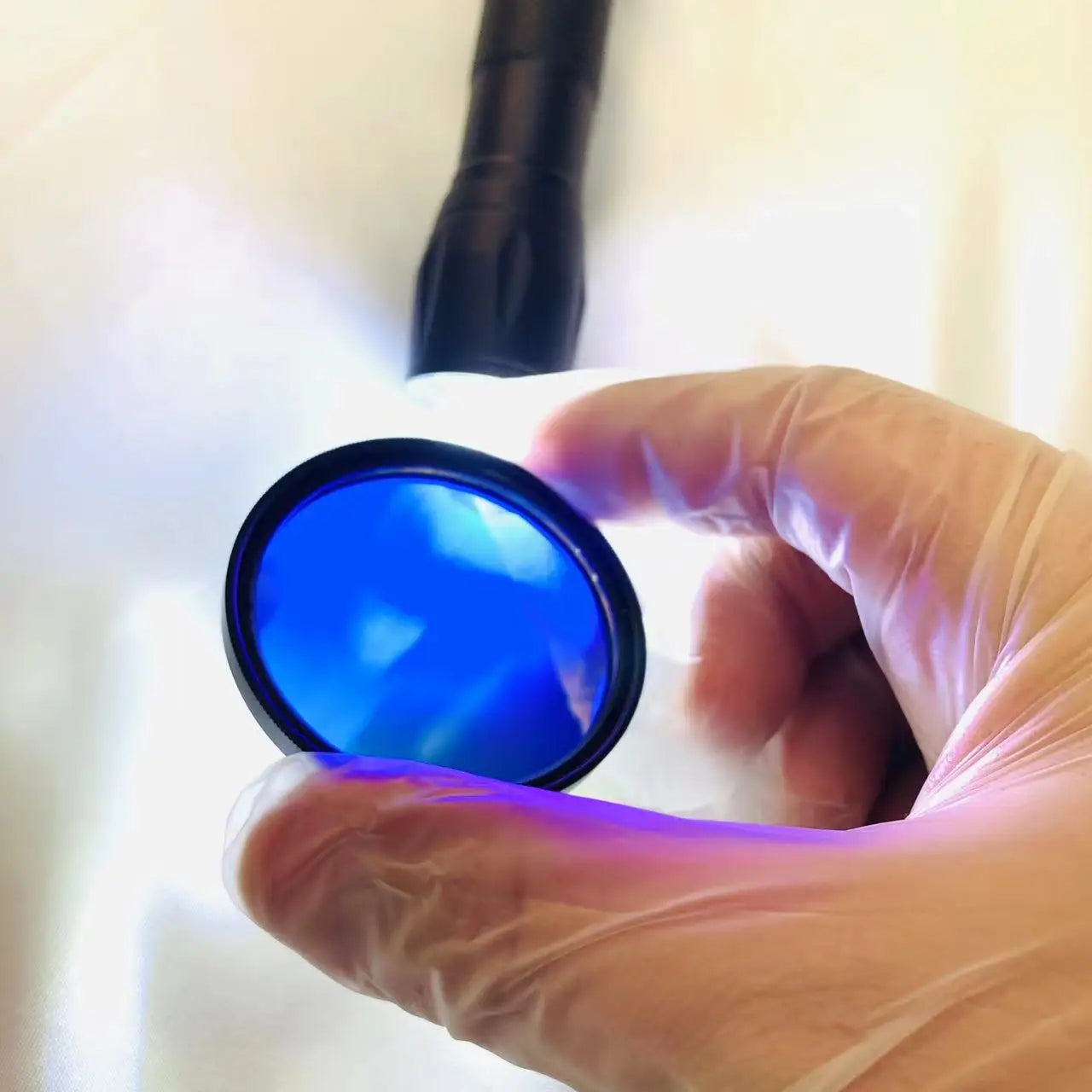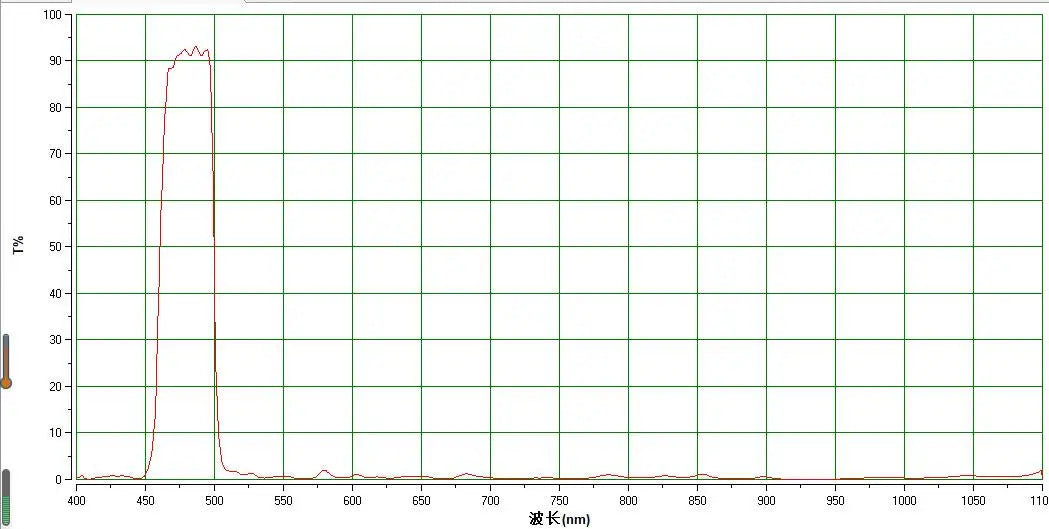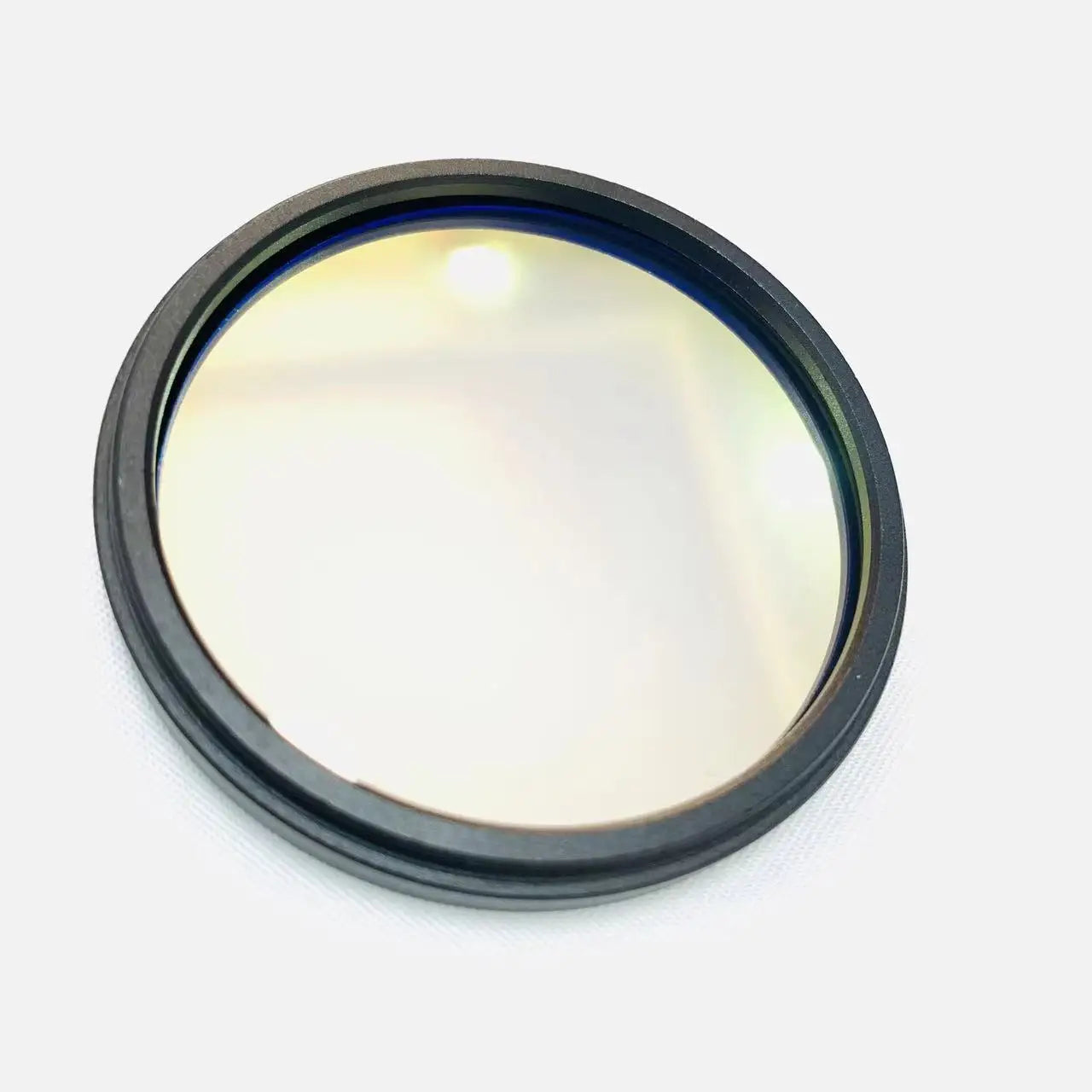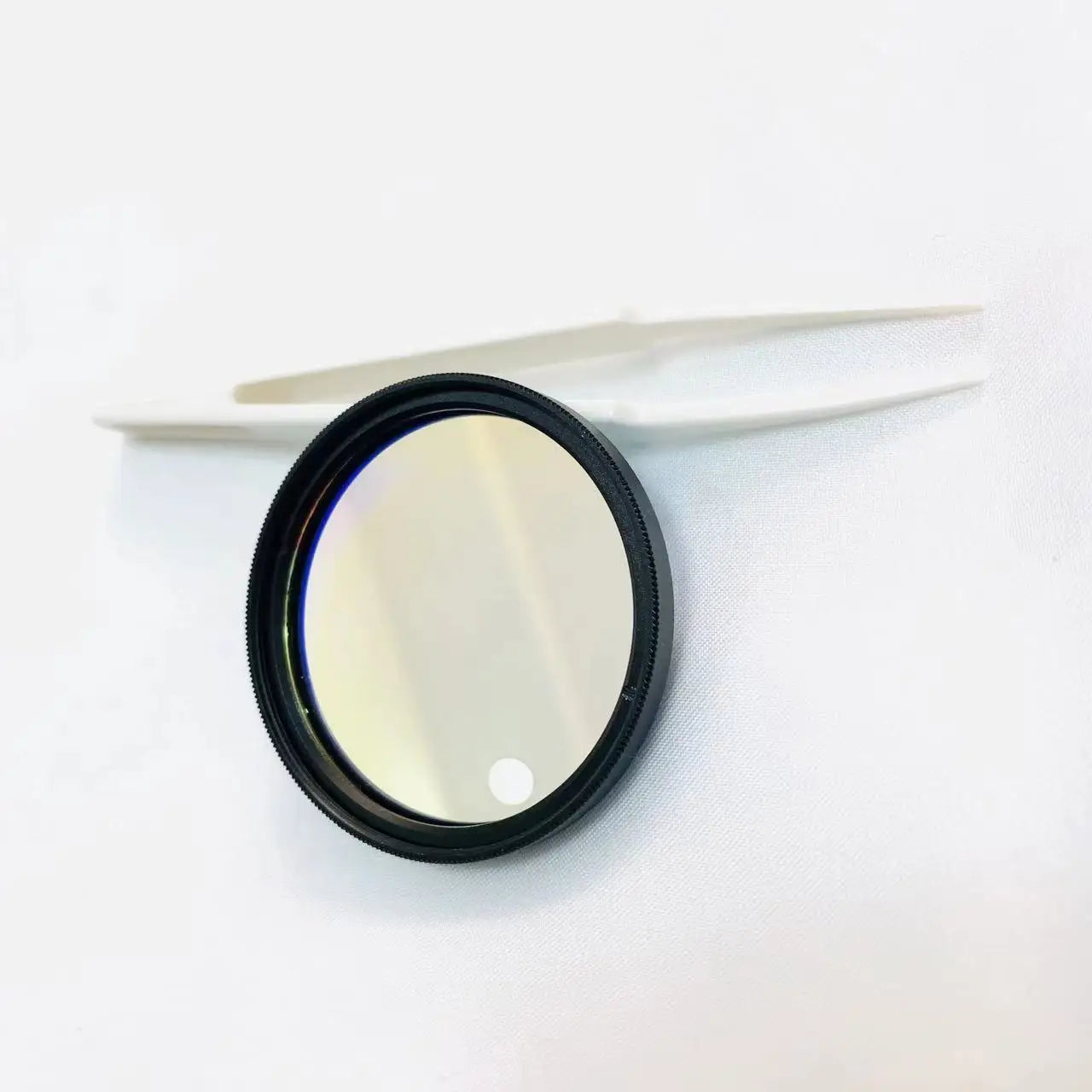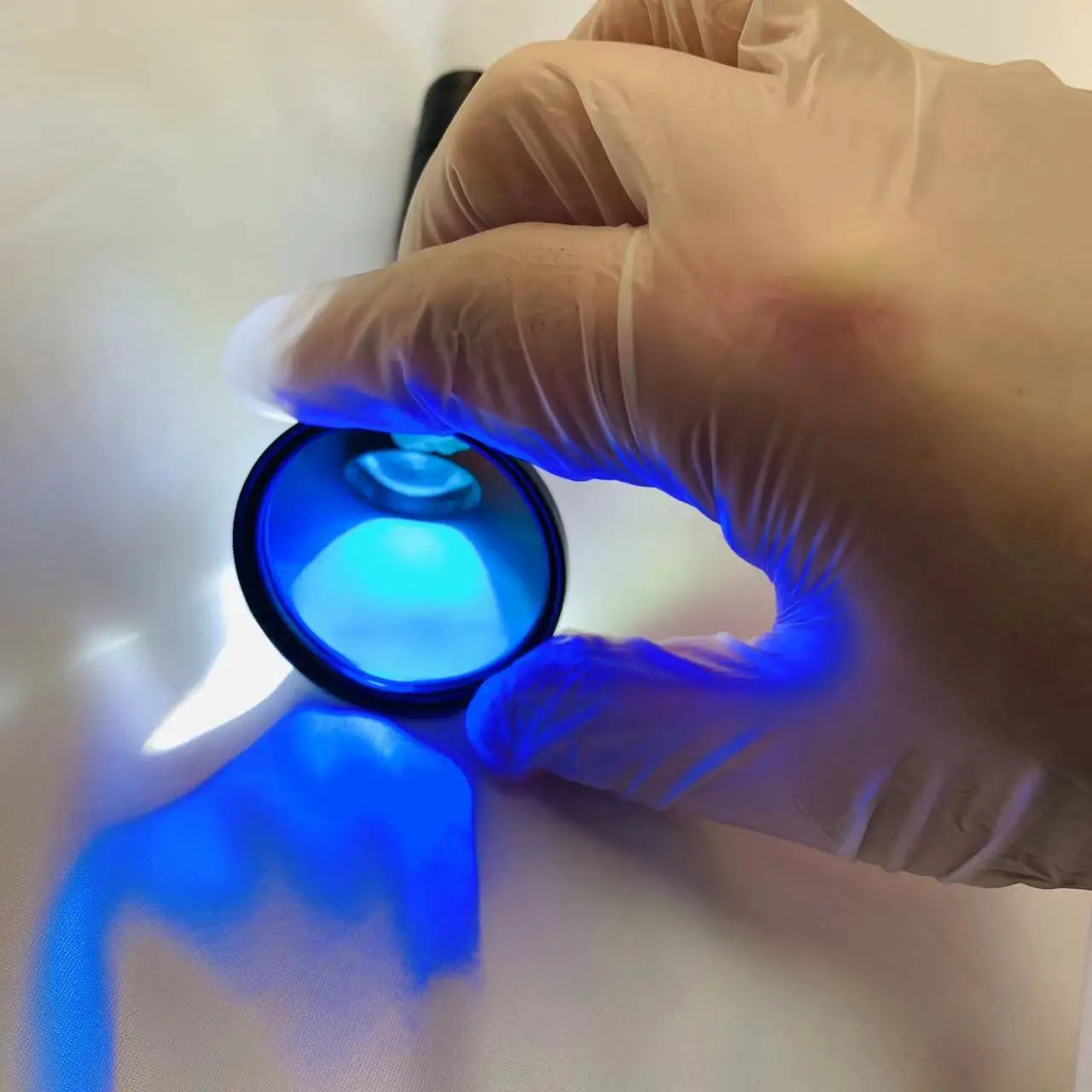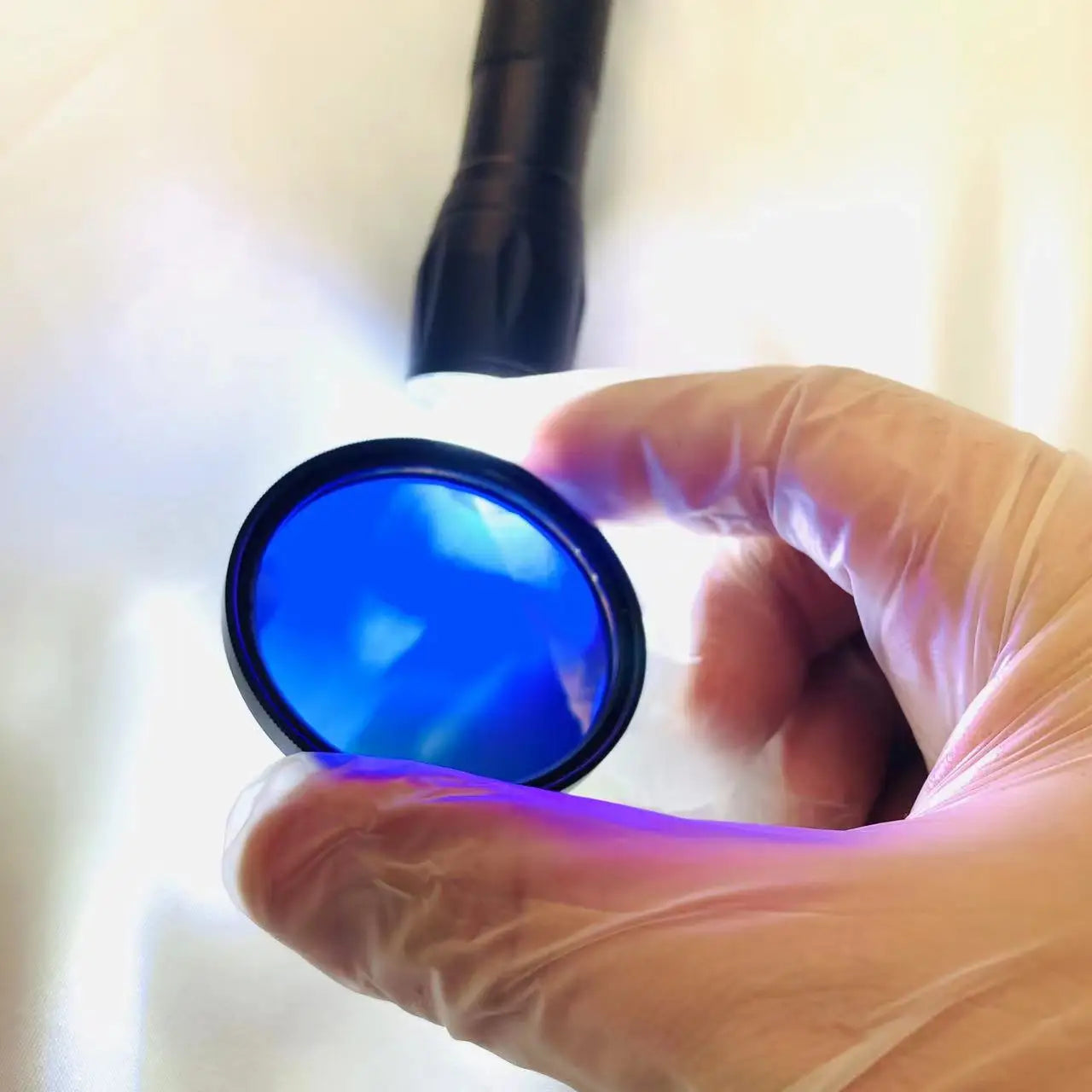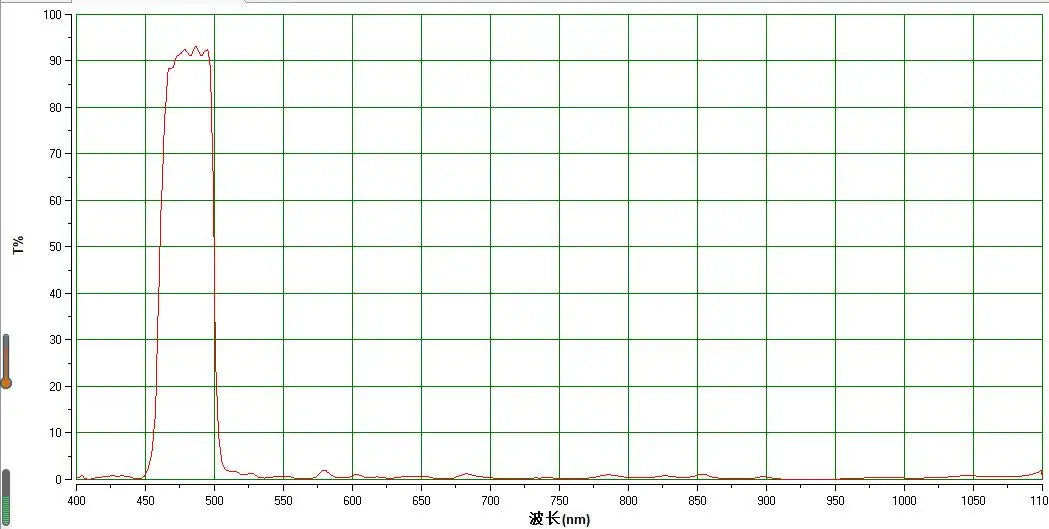Mandiak
H-Beta Filter for Camera Lens
H-Beta Filter for Camera Lens
FREE SHIPPING
Couldn't load pickup availability
Crafted to perfection, this filter features a precise photo round frame that seamlessly integrates with your camera lenses, ensuring hassle-free compatibility. The sturdy metal screw thread guarantees a secure attachment, allowing you to focus on capturing the mesmerizing beauty of the universe without any distractions.
Why should I Hydrogen Beta Filter?
Investing in a Hydrogen Beta Filter for your camera lens can significantly enhance your astrophotography experience for several reasons:
- Revealing Hidden Details: The Hydrogen Beta Filter isolates the H-beta spectral line at 486nm, allowing you to capture the subtle nuances and intricate details of nebulae and deep-sky objects that may be invisible to the naked eye or with standard camera lenses.
- Minimizing Light Pollution: With its narrow bandpass design, this filter effectively filters out unwanted light pollution, resulting in clearer and more vibrant images of the night sky. This enables you to capture celestial phenomena with greater clarity and contrast, even in light-polluted urban environments.
- Enhancing Compatibility: Designed with a photo round frame and equipped with a sturdy metal screw thread, the Hydrogen Beta Filter seamlessly integrates with a wide range of camera lenses, ensuring optimal compatibility and hassle-free attachment. This versatility allows you to use the filter with various camera setups, providing flexibility in your astrophotography endeavors.
- Unlocking Astrophotography Potential: By investing in a Hydrogen Beta Filter, you're unlocking the potential to capture breathtaking images of the cosmos with unparalleled clarity and detail. Whether you're a seasoned astrophotographer or a passionate enthusiast, this filter empowers you to explore the wonders of the universe and elevate your photography to new heights.
Where Hydrogen Beta can be found?
Hydrogen Beta (H-beta) emission can be found in various celestial objects throughout the universe, particularly in regions where hydrogen gas is ionized and emits light at a specific wavelength of 486nm. Some examples of where H-beta emission can be observed include:
- Nebulae: Nebulae are vast clouds of interstellar gas and dust where star formation occurs. H-beta emission is commonly observed in emission nebulae, such as the Orion Nebula (M42), the Lagoon Nebula (M8), and the Eagle Nebula (M16). These nebulae contain ionized hydrogen gas that emits light in the H-beta spectral line, revealing the vibrant colors and intricate structures of these cosmic clouds.
- Supernova Remnants: Supernova remnants are the remnants of massive stars that have exploded at the end of their life cycles. H-beta emission can be detected in the expanding shells of gas ejected during the supernova explosion. Examples of supernova remnants with prominent H-beta emission include the Veil Nebula (NGC 6960) and the Crab Nebula (M1).
- Planetary Nebulae: Planetary nebulae are the glowing shells of gas ejected by dying stars during the later stages of their evolution. H-beta emission is often observed in the ionized gas surrounding these stars. Examples of planetary nebulae with H-beta emission include the Helix Nebula (NGC 7293) and the Dumbbell Nebula (M27).
- Galactic H II Regions: H II regions are regions of ionized hydrogen gas found within galaxies, often associated with regions of active star formation. H-beta emission is prevalent in these regions due to the presence of hot, young stars that ionize the surrounding gas. Examples of galactic H II regions include the Tarantula Nebula in the Large Magellanic Cloud and the H II regions within the spiral arms of the Milky Way galaxy.
Hydrogen Beta emission can be found in a variety of celestial objects, including nebulae, supernova remnants, planetary nebulae, and galactic H II regions, providing valuable insights into the dynamics and composition of these cosmic phenomena.
Benefits of using Hydrogen Beta Filter with Camera Lens
Using a camera lens for astrophotography, especially in conjunction with specialized filters like the Hydrogen Beta (H-beta) Filter, offers several benefits:
- Versatility: Camera lenses provide a wide range of focal lengths, allowing photographers to capture a variety of celestial objects, from wide-field views of the night sky to detailed shots of distant galaxies and nebulae. This versatility enables photographers to explore different aspects of astrophotography with a single piece of equipment.
- Ease of Use: Camera lenses are typically lightweight and easy to set up, making them ideal for astrophotographers of all skill levels. Whether you're a beginner or an experienced photographer, using a camera lens simplifies the process of capturing stunning images of the night sky.
- Portability: Camera lenses are compact and portable, making them convenient for astrophotographers who prefer to travel to remote locations for optimal viewing conditions. With a camera lens, you can easily pack your equipment and venture into the wilderness to capture breathtaking shots of the cosmos.
- High-Quality Optics: Many camera lenses are equipped with high-quality optics that deliver sharpness and clarity across the frame, even when shooting wide open apertures. This ensures that astrophotographers can capture detailed images of celestial objects with minimal distortion or aberrations.
- Compatibility with Filters: Camera lenses can be easily paired with specialized filters like the H-beta Filter to enhance astrophotography capabilities. Filters such as the H-beta Filter isolate specific wavelengths of light emitted by celestial objects, allowing photographers to capture stunning images with enhanced contrast and detail.
- Cost-Effectiveness: Compared to dedicated astronomical telescopes, camera lenses are often more affordable options for astrophotography enthusiasts. By utilizing a camera lens with specialized filters, photographers can achieve impressive results without breaking the bank.
Using a camera lens for astrophotography, especially when paired with filters like the H-beta Filter, offers versatility, ease of use, portability, high-quality optics, compatibility with filters, and cost-effectiveness. These benefits make camera lenses an excellent choice for capturing the beauty of the cosmos with precision and clarity.
Unlock the Mysteries of the Night Sky
Engineered with precision, the H-Beta Filter enhances astrophotography by isolating the H-beta spectral line at 486nm. This narrow bandpass design filters out unwanted light pollution, delivering crisp and clear images that showcase the ethereal glow of nebulae and other deep-sky objects in stunning detail. Elevate your astrophotography game and capture the wonders of the cosmos with unparalleled clarity.
Perfect for Night Camera Astrophotography
Designed to elevate your astrophotography experience, the H-Beta Filter is meticulously crafted for capturing celestial moments in the darkest of nights. Its ability to filter out light pollution ensures that your images are clear and vivid, allowing you to immerse yourself in the beauty of the universe with every shot.
Upgrade Your Gear and Embrace the Cosmos
Elevate your astrophotography game with the H-Beta Camera Lens Filter—where cutting-edge technology meets the beauty of the universe. Uncover the mysteries of the night sky and capture breathtaking celestial moments with unparalleled clarity. Upgrade your gear today and let the cosmos come to life through your lens.
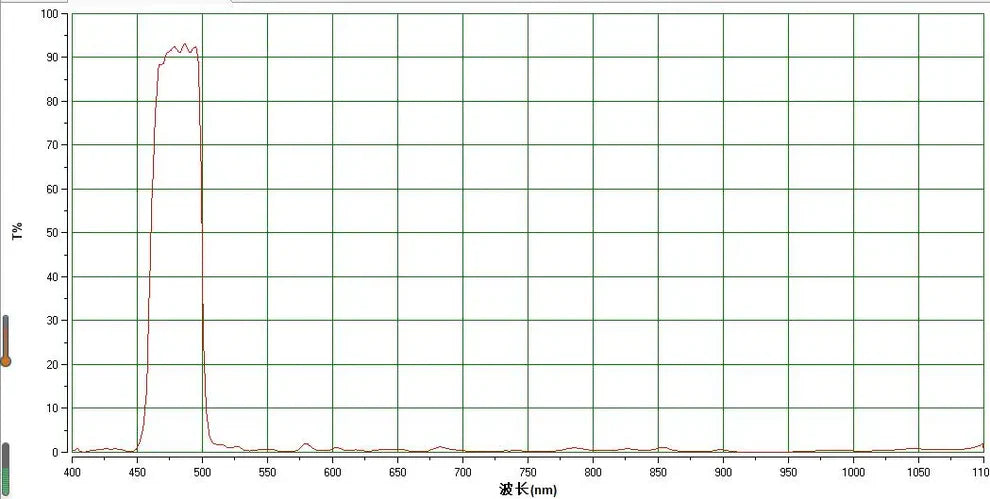
Overview
The H-Beta Filter for Camera Lens is an essential accessory designed to enhance astrophotography experiences by isolating the H-beta spectral line at 486nm. Crafted with precision engineering, this filter allows photographers to capture the ethereal glow of nebulae and other deep-sky objects with unparalleled clarity and detail.
Key Features:
- Isolated Spectral Line: The H-Beta Filter isolates the H-beta spectral line at 486nm, making it ideal for capturing the intricate details of nebulae and other celestial phenomena.
- Narrow Bandpass Design: Featuring a narrow bandpass design, this filter effectively filters out unwanted light pollution, ensuring crisp and clear images of the night sky.
- Photo Round Frame: Designed for optimal compatibility, the H-Beta Filter comes with a photo round frame that seamlessly integrates with a wide range of camera lenses.
- Metal Screw Thread: The filter is equipped with a sturdy metal screw thread for secure and hassle-free attachment to camera lenses, providing stability during astrophotography sessions.
Specifications:
- Filter Type: H-Beta
- Spectral Line: 486nm
- Bandpass Design: Narrow
- Frame Type: Photo Round
- Frame Material: Metal
- Compatibility: Various camera lenses
Applications:
- Astrophotography
- Nebula Imaging
- Deep-Sky Object Observation
Package Contents:
- 1x H-Beta Filter for Camera Lens
- Protective Case
Share
